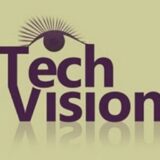Apply Latest Computer Update-Tech Tip for the Day
Regularly updating your computer is crucial for keeping it secure, efficient, and running smoothly. It’s important to apply the latest computer update to take advantage of these benefits. Software updates…
